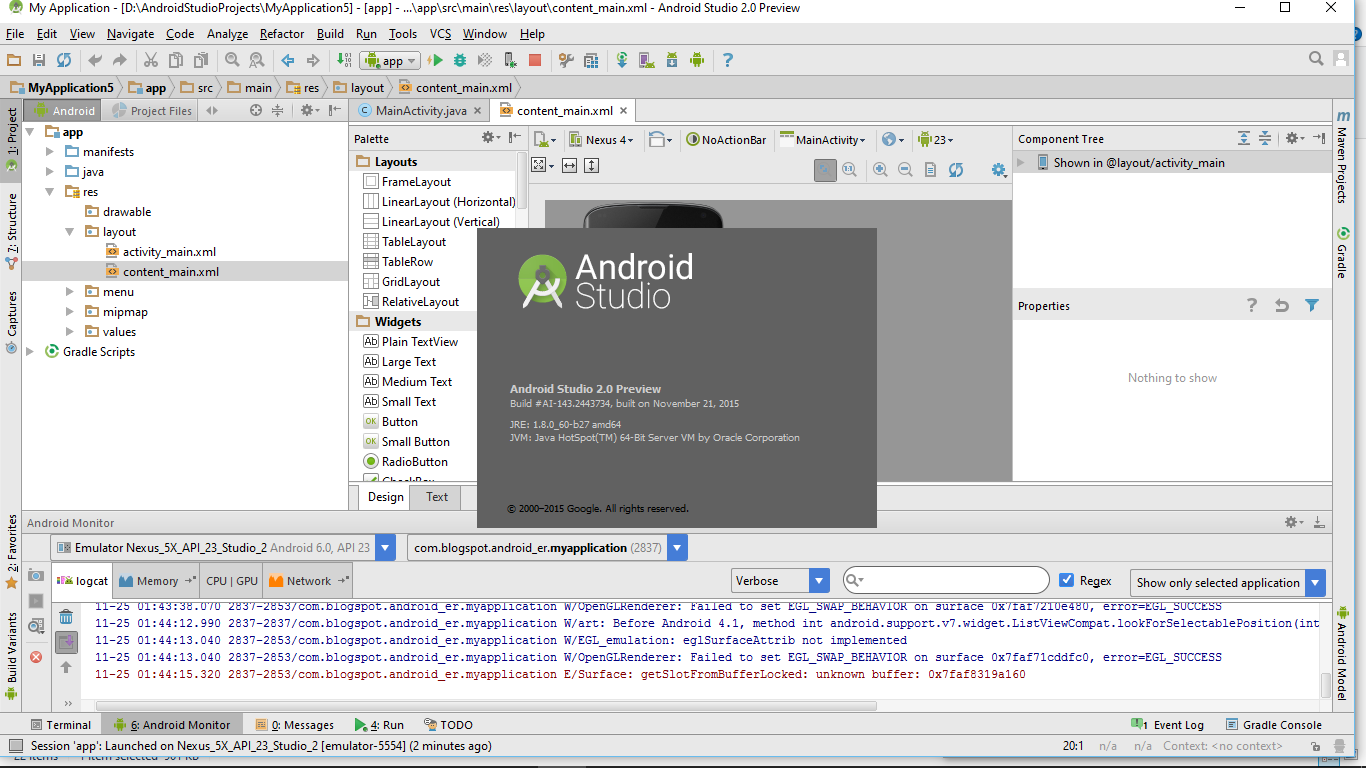

Java WebSocket Clientįor the Android client, we are going to make a simple demo app that contains four image buttons of cute animals. In this tutorial, we are going to set up a simple Android client that will connect to a WebSocket server using Spring Boot. This is great for applications that require a real-time connection, such as multiplayer games, internet of things applications, and chat apps. buildGoogleApiClient(): This method is used to initialize the Google Play Services.The WebSocket protocol provides an always-on connection between a client and a server for bi-directional communication. onMapReady(): This function is called when the map is ready to be used. ProguardFiles getDefaultProguardFile('proguard-android.txt'), 'proguard-rules.pro'Ĭompile fileTree(dir: 'libs', include: )ĪndroidTestCompile('.espresso:espresso-core:2.2.2', TestInstrumentationRunner ".AndroidJUnitRunner" Step 5: Now open adle and add compile ‘:play-services:8.4.0’ in dependenciesīadle code apply plugin: ''ĪpplicationId "" In case you skip article, earlier we have guided how to get your own Google Maps Api key: Step 4: Here enter your Google Maps API key in place of YOUR_KEY_HERE. Step 3: Now open google_maps_api.xml (debug) in values folder

Step 2: Now select Google Maps Activity and then click Next and finish. Step 1: Create a New Android Project and name it GoogleMaps. We also example different map types, methods and lots more details required while implementing Map in Android.īelow you can download code, see final output and step by step explanation of example: In the below Google Map example we will show user current location in Map. Google Maps Example To Access User Current Location In Android Studio: Copy it and save it somewhere as we will need it when implementing Google Map in our Android project. Step 8: Now API your API key will be generated. Step 7: Here click on Create credentials and choose API key Step 6: Now enable the Google Maps Android API. Step 4: In this open Enable APIS AND SERICES.


 0 kommentar(er)
0 kommentar(er)
